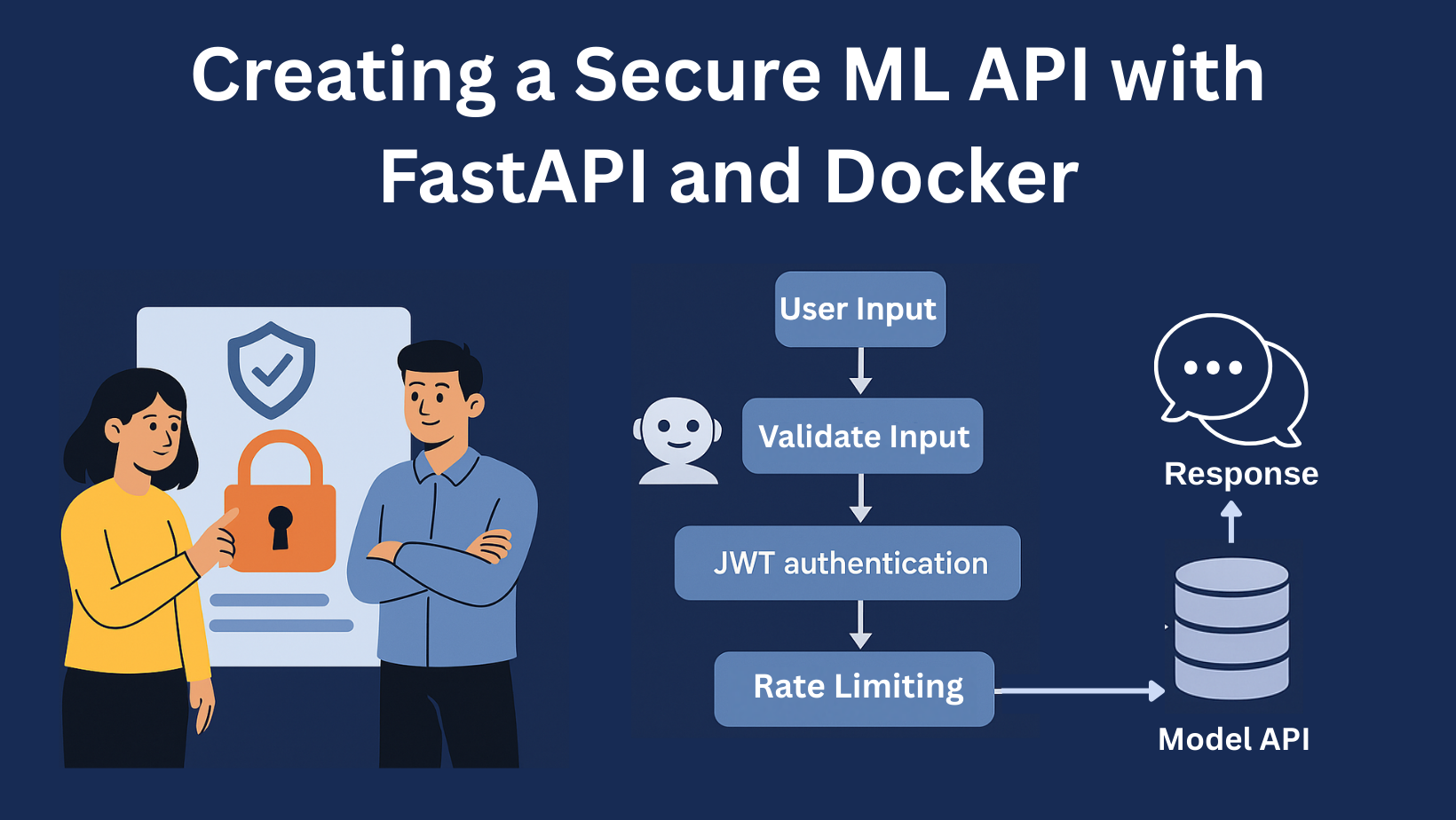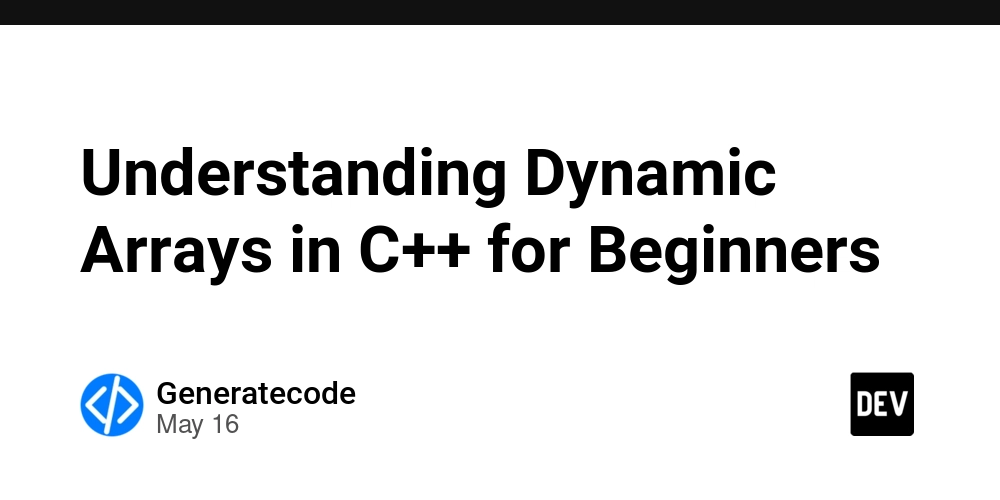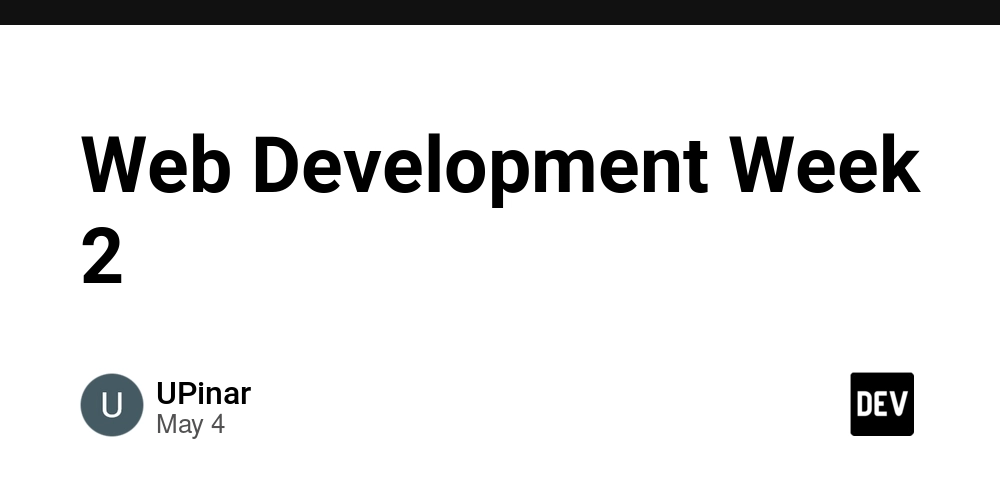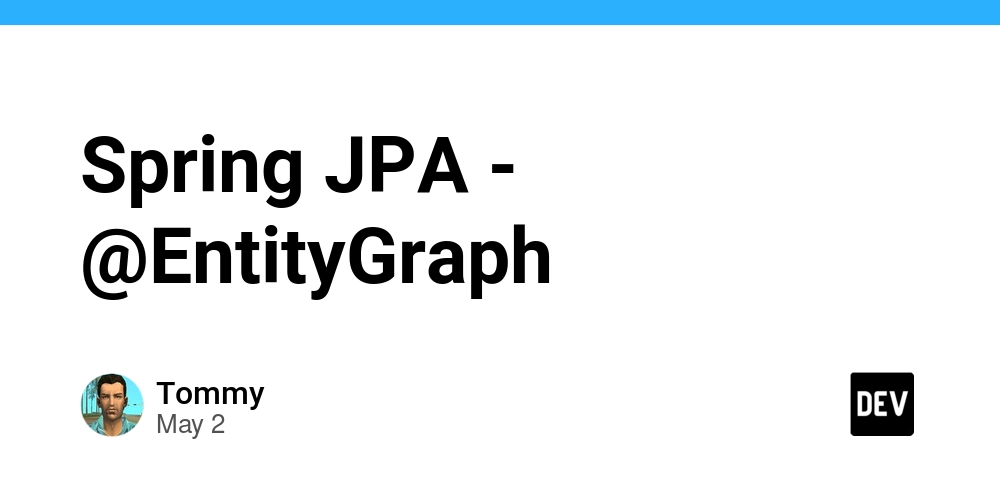What Is Vibe Coding?
What Is Vibe Coding? A case study in how vibes get mistaken for paradigms What It Originally Meant (Based on the Source) The term "Vibe Coding" was first introduced by Andrej Karpathy, former researcher at OpenAI, in a casual post on X (formerly Twitter): “There's a new kind of coding I call 'vibe coding', where you fully give in to the vibes, embrace exponentials, and forget that the code even exists.” — Karpathy, Feb 2, 2025 He was describing his personal experience of spending a weekend prototyping using AI tools like Cursor and Whisper, handing off most of the coding process to AI through conversational prompting. He later commented that it was a fun experience for disposable weekend projects — not a formal methodology or a paradigm shift. The Public Misunderstanding and the Viral Aesthetic Despite that, the term “vibe coding” quickly took on a life of its own. With its catchy phrasing and pseudo-mystical feel, it began to be interpreted (or marketed) as: A brand-new AI-native software development methodology A sign of the post-coding era A shortcut to building apps just by “vibing with AI” One of the most widely cited summaries of this term appears in this article: "What is vibe coding, exactly?" – MIT Technology Review (Apr 2025) While informative, the article frames vibe coding as a kind of AI-led programming philosophy — which may unintentionally reinforce the idea that this was a deliberate paradigm introduced by Karpathy, rather than a tongue-in-cheek weekend anecdote. Why the Misunderstanding Spread Several factors combined to make this happen: ✅ The word “vibe” evokes feeling over precision, which sounds attractive in the age of AI ✅ Karpathy’s authority in the AI and developer space gave the term perceived legitimacy ✅ The timing coincided with major LLM tooling growth and AI hype ❗ Many developers already wanted to fully offload coding to AI — this gave them a justification In other words, vibe coding became a rhetorical license: A way to say “it’s fine to let AI do all the work — even Karpathy does it.” Did Karpathy "Propose" It? To be precise, yes — Karpathy coined the term. But did he define a methodology, write a paper, or outline a framework? No. He had a fun weekend coding experiment and gave it a vibey name. The rest — the systemization, the cultural myth, the handwavey extrapolation — came after the post. Not by design, but by interpretation. The phrase created a new lens through which other people started reframing their own AI coding behavior. The Wikipedia Effect As of writing this post, “Vibe Coding” now has entries on Wikipedia (English) and Wikipedia (Japanese). But if you actually read them, what’s being defined isn’t a development model or engineering approach — it’s a narrative constructed from media articles and community interpretations. When a word appears on Wikipedia, it gains a sense of legitimacy. But in cases like this, that appearance is the result of a cultural loop, not technical rigor. So, What Is It Really? At best, vibe coding is a style of prototyping using conversational prompting and AI tools. It’s fast, imperfect, and works well when paired with experience and intent. To build anything complex, you still need knowledge, judgment, and domain expertise. Karpathy himself is a highly skilled software engineer. The irony is that many who evangelize vibe coding today are doing so while ignoring the skills that made it work for him in the first place. Final Thoughts Vibe coding isn’t the future of software development. It’s the name one person gave to an ephemeral, interesting experience — and a name that others inflated into a trend, a style, or a shortcut. The moment it became a justification for delegating responsibility to AI wholesale, it stopped being a joke and started being a myth. Sources and Cultural Traces Andrej Karpathy's original post (Feb 2, 2025, X/Twitter) → The original use of the phrase “vibe coding.” MIT Technology Review: What is vibe coding, exactly? (Apr 16, 2025) → A widely circulated article that contributed to the broader interpretation. Wikipedia – Vibe coding (English) Wikipedia – バイブコーディング (Japanese) → Definitions shaped by media echo, not technical foundations.
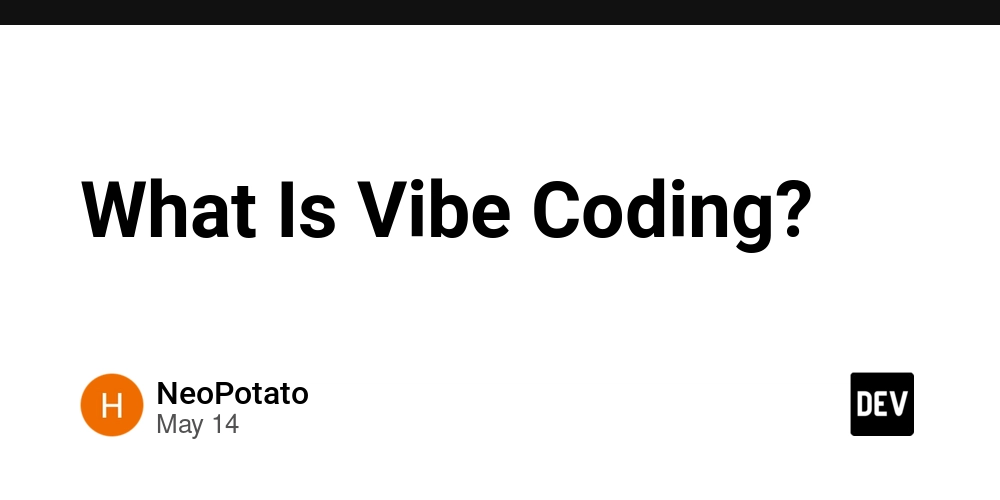
What Is Vibe Coding?
A case study in how vibes get mistaken for paradigms
What It Originally Meant (Based on the Source)
The term "Vibe Coding" was first introduced by Andrej Karpathy, former researcher at OpenAI, in a casual post on X (formerly Twitter):
“There's a new kind of coding I call 'vibe coding',
where you fully give in to the vibes, embrace exponentials,
and forget that the code even exists.”
— Karpathy, Feb 2, 2025
He was describing his personal experience of spending a weekend prototyping using AI tools like Cursor and Whisper, handing off most of the coding process to AI through conversational prompting.
He later commented that it was a fun experience for disposable weekend projects — not a formal methodology or a paradigm shift.
The Public Misunderstanding and the Viral Aesthetic
Despite that, the term “vibe coding” quickly took on a life of its own.
With its catchy phrasing and pseudo-mystical feel, it began to be interpreted (or marketed) as:
- A brand-new AI-native software development methodology
- A sign of the post-coding era
- A shortcut to building apps just by “vibing with AI”
One of the most widely cited summaries of this term appears in this article:
"What is vibe coding, exactly?" – MIT Technology Review (Apr 2025)
While informative, the article frames vibe coding as a kind of AI-led programming philosophy — which may unintentionally reinforce the idea that this was a deliberate paradigm introduced by Karpathy, rather than a tongue-in-cheek weekend anecdote.
Why the Misunderstanding Spread
Several factors combined to make this happen:
- ✅ The word “vibe” evokes feeling over precision, which sounds attractive in the age of AI
- ✅ Karpathy’s authority in the AI and developer space gave the term perceived legitimacy
- ✅ The timing coincided with major LLM tooling growth and AI hype
- ❗ Many developers already wanted to fully offload coding to AI — this gave them a justification
In other words, vibe coding became a rhetorical license:
A way to say “it’s fine to let AI do all the work — even Karpathy does it.”
Did Karpathy "Propose" It?
To be precise, yes — Karpathy coined the term.
But did he define a methodology, write a paper, or outline a framework?
No. He had a fun weekend coding experiment and gave it a vibey name.
The rest — the systemization, the cultural myth, the handwavey extrapolation — came after the post.
Not by design, but by interpretation.
The phrase created a new lens through which other people started reframing their own AI coding behavior.
The Wikipedia Effect
As of writing this post, “Vibe Coding” now has entries on Wikipedia (English) and Wikipedia (Japanese).
But if you actually read them, what’s being defined isn’t a development model or engineering approach — it’s a narrative constructed from media articles and community interpretations.
When a word appears on Wikipedia, it gains a sense of legitimacy.
But in cases like this, that appearance is the result of a cultural loop, not technical rigor.
So, What Is It Really?
At best, vibe coding is a style of prototyping using conversational prompting and AI tools.
It’s fast, imperfect, and works well when paired with experience and intent.
To build anything complex, you still need knowledge, judgment, and domain expertise.
Karpathy himself is a highly skilled software engineer.
The irony is that many who evangelize vibe coding today are doing so while ignoring the skills that made it work for him in the first place.
Final Thoughts
Vibe coding isn’t the future of software development.
It’s the name one person gave to an ephemeral, interesting experience —
and a name that others inflated into a trend, a style, or a shortcut.
The moment it became a justification for delegating responsibility to AI wholesale,
it stopped being a joke and started being a myth.
Sources and Cultural Traces
Andrej Karpathy's original post (Feb 2, 2025, X/Twitter)
→ The original use of the phrase “vibe coding.”MIT Technology Review: What is vibe coding, exactly? (Apr 16, 2025)
→ A widely circulated article that contributed to the broader interpretation.Wikipedia – バイブコーディング (Japanese)
→ Definitions shaped by media echo, not technical foundations.











